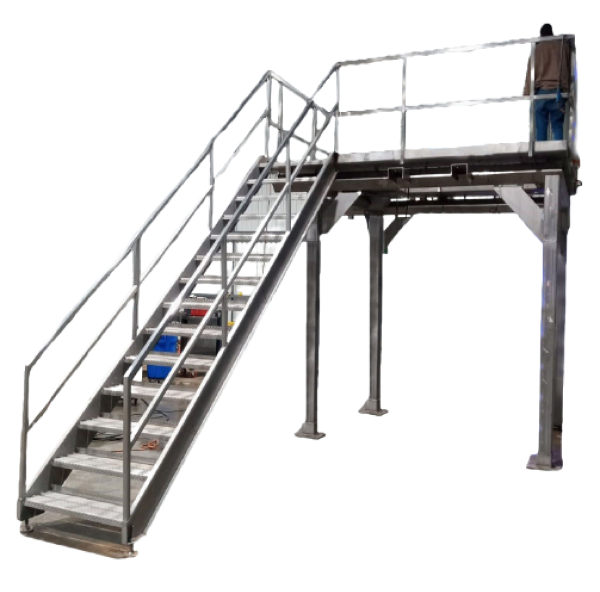Welding Versus Fabrication: What's The Difference?
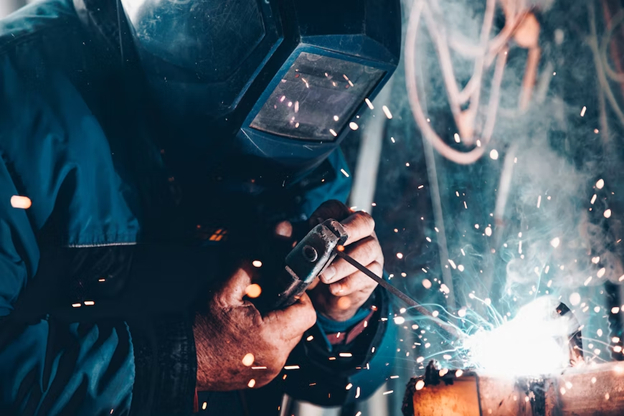
Are you seeking a welder in Yuma?
If so, you should know the difference between welding and fabrication in Yuma, which we’ll discuss in this article.
We’re examining this topic primarily because welding and fabrication are often treated as one and the same. However, there’s a definitive difference between the two.
In a nutshell, the differences between welding and fabrication can be defined as such:
- Fabricating is the entire process of metal manufacturing.
- Welding is a particular component of fabrication.
Fabrication doesn’t necessarily need to involve welding, but welding can only exist as part of the fabrication process. More to the point, a welder must fabricate an end product. In contrast, one can fabricate metal parts without including the welding process.
The welding trade and fabrication process require different sets of skills. All the same, fabricators and welders in Yuma must be thoroughly trained in their respective crafts, which continually overlap during most metal manufacturing projects.
We’ll explore this topic further below:
Looking For Welding And Fabrication In Yuma? Here’s What You Need To Know:
Breaking welding down to its simplest terms, it’s the process of joining metal pieces together. One can also weld thermoplastics and glass, but metals are primarily at play in welding.
Conversely, fabrication encompasses the various tasks required to make metal products. It involves the entirety of the metal manufacturing process, whether designing products, their final finish, and everything in between (like welding, potentially).
A fabricator’s core duty is employing various complex procedures to transform product concepts into a metal-shaped reality. Welding might be one of those complex procedures, depending on the project. Thus, it’s unsurprising to learn that many fabricators are trained to weld, and many welders can fabricate when needed.
Craftspeople possessing both welding and fabrication skills will see their roles shift between the two crafts based on their place of work and the specific task at hand.
To the above point, a company might hire someone as a welder but also require them to cut, bend, shape, and finish their projects. On the other hand, a company could employ a fabricator and require them to weld as part of their role.
As a whole, the US metal fabrication industry employs around 1.5 million people.
While many of those employed craftspeople are welders, fabrication professionals include cutters, millwrights, machinists, assemblers, benders, and more. Additionally, other fabrication industry professionals engineer, design, and manage the related products and projects.
What Does The Metal Fabrication Process Entail?
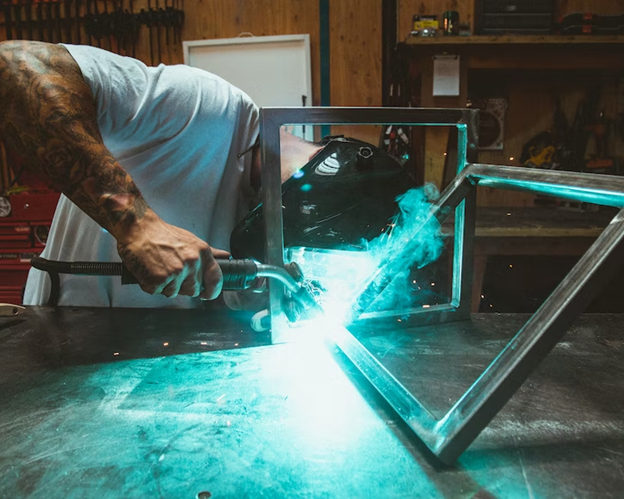
The beginning of the fabrication process has the end in mind. Any involved materials have a defined purpose accounted for and planned.
Furthermore, fabricating involves multiple steps, each stage requiring the previous one to succeed.
Below, we’ll break down the main steps involved in metal fabrication:
Stage 1: Bidding
Fabrication projects always begin with a bid on work.
During the bidding process, the end-user knows the scope of framed-out works. This scope specifies the purpose of the product and the number of required units.
A successful fabrication bid starts with a company deciding if it has the resources to execute the work. Some companies can perform everything in-house, while others might need to subcontract for specialized services (e.g., a welder in Yuma).
These days, most fabricator/client agreements adhere to a design/build structure.
Stage 2: Planning
Planning is essential to fabrication and lays the foundation for a successful project. Clients, designers, and engineers work together to fully grasp the concept, its specifications, and its end purpose.
If the project requires welding, welders will be involved in the planning process.
Stage 3: Production
Once a fabrication company wins its bid from a contract, and the plans are made, it’s time to produce and build.
Throughout this stage, valuable products form from their initial raw material or standard stock state. Typically, fabricators select metals and cut them to component sizes. They can choose from all manner of methods to get the job done, from simple shears to high-tech procedures (e.g., laser cutting and water cutting).
The assembly process begins when critical components are shaped through cutting, bending, and forming. Welding typically takes place during assembly, but it doesn’t necessarily have to.
Stage 3: Production
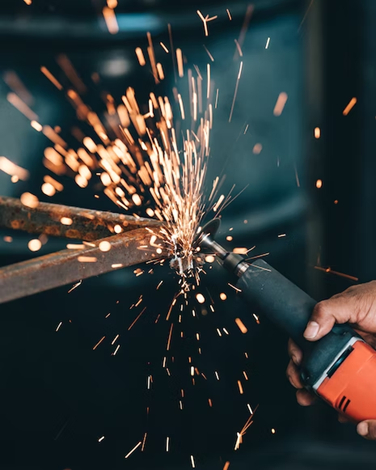
Welding is best described as joining metal-based materials using a technique known as fusion, which relies on heat and pressure.
Various specialized tools and unique processes exist in the welding field. While it’s only one component of metal fabrication, welding is a trade requiring lots of highly specified skills, education, and practical training.
Generally, welders travel the apprentice-to-journeyman path. It takes years to develop top-tier proficiency in the field. Welding is challenging due to the wide variety of materials used throughout the metal fabrication process and the multitude of existing welding methods.
The two main types of welding in metal fabrication are as follows:
- Fusion Welding:
○ This type of welding entails adding a filter to fuse heated metal parts into a joined entity. - Solid State Welding:
○ An additive isn’t required in this type of welding, although it’s still a metal-joining concept.
The four typical welding processes in metal fabrication are as follows:
- Oxy-acetylene welding
- Shielded metal arc welding
- Gas metal arc welding
- Tungsten inert gas welding
The above processes are indeed the mainstays of the metal fabrication industry, but other methods are available for welders.
For instance, submerged arc welding (performed underwater) is an option. There’s also exothermic welding (Thermite), which fuses metals using high heat levels and an aluminum-based charge.
Welding and Fabrication In Yuma Explained
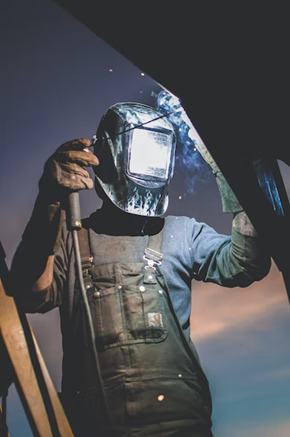
Knowing the difference between a welder in Yuma and a fabricator in Yuma will help you make an informed decision about the type of craftsperson you want for a project.
After reading this article, you now know that while both terms are used interchangeably, they aren’t one and the same. Instead, welding is a metal fabrication component and, while often critical, doesn’t need to be involved in fabrication.





